Visit Museo Bellini
Getting to view the collection of the Museo Bellini, located along the Arno in Florence, takes a bit of work. To understand its history, having some understanding of Italian helps. But for a new experience, a tour through the Bellini collection is as memorable, as it is fun.
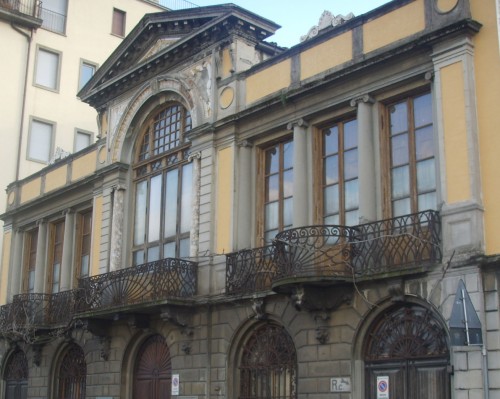
To get in, you start by phoning or ringing the bell. Then make an appointment for a tour and turn up at the appointed time. The fee of 15 euro gets you three visits within a year.
As you walk in to the entry hall a mishmash of the ancient and the modern might make you wonder what is ahead. As you climb the stairs you are transported back to the early 20th century when Luigi Bellini, Sr. controlled the collection. It was the practice of antiquarians (Bardini, Contini, Volpi, Romano, Stibbert, Horne) to create “homes” filled with art that they might sell or trade or from which they couldn’t bear to be parted. The Bellini collection has this feel—fourteen rooms of a Renaissance home, but with a few touches that are medieval.
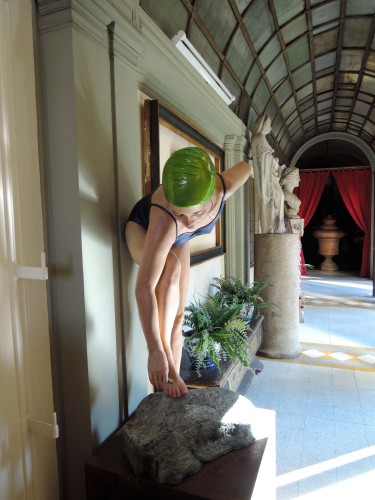
The visitor will find here a fresco of the school of Giotto, a bust by Donatello, a portrait by Tintoretto, a Della Robbia Madonna, a bronze by Giambologna, Ceramic from Xanto Avelli Rovigo, a Gothic tapestry, carved-wood Sansovino chest (armadio). Just when you have caught your breath the small doors enclosing a Fra Angelico gold-leafed Madonna are opened. There are ancient tables and chairs, a 19th century couch Luigi Sr. deemed “too modern”, statues, fountains, vases, minature bronzes, reliquies, carpets, and last but not least, a collection of crowns. Even if you don’t understand a word of Italian, the tour is fascinating.
Family History
Some say that this passion for collecting and selling started in Ferrara with Vincenzo Bellini (1708-1783), who after twenty years as a priest, developed an obsession for ancient coins. He was one of the most illustrous numismatists of his time, even selling coin collections to Austrian Emperor Francis I. His son, Vitaliano, expanded the business into antiques and his grandson Giuseppe moved to Florence and eventually became an antiquarian with a store on Via della Spada.
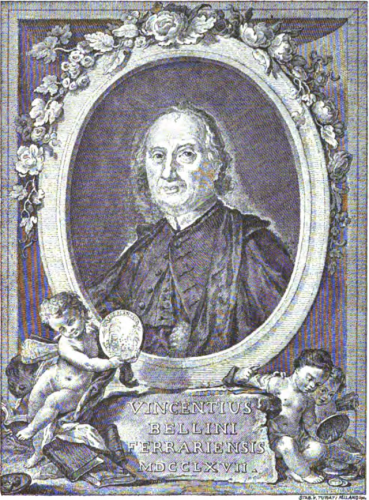
A few generations later the most well-known antiquarian in the family, Luigi Bellini Sr. (1884-1957) was born in Impruneta. At nineteen he took off for New York to make an international name for himself, bringing clients back to the gallery in Florence. In the 1920s, he moved the business to a more impressive location on Lungarno Soderini, where the museum is today. He needed more room for both his business and his collection.
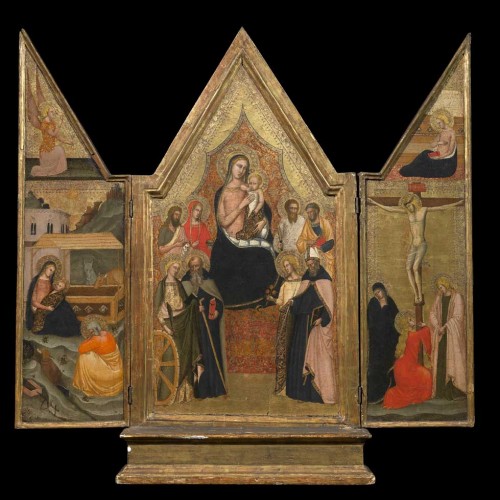
“You start as an antique dealer and end up being a collector without realizing that the germ of antiquity has infected you, it debilitates and consumes you and you will never recover. It is worse than tuberculosis,” he wrote in his autobiography.
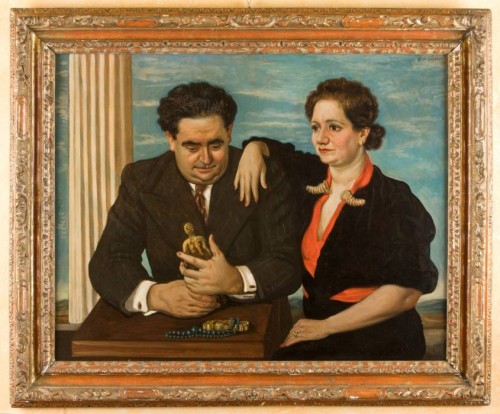
A decade later, in 1931, he acted on his interest in contemporary art by opening a gallery with a couple of partners in Palazzo Spini-Feroni (home of the Museo Ferragamo, which has included pieces from the Bellini collection in its new exhibit). The gallery opened with an exhibition dedicated to the sculptor Arturo Martini and the painter Primo Conti. This venture did not last the test of time.
Following the war, Luigi Sr. concentrated on antiquities and rebuilding the city. He was instrumental in the reconstruction of the Ponte Santa Trinita “as it was and where it was”, by setting up an committee chaired by Bernard Berenson, the famed American art critic. They obtained substantial contribution for the reconstruction of the bridge, which had been dynamited by German troops, from wealthy American bankers. (Bellini’s own building on Lugarno Solderini sustained severe damage when the Carraia Bridge was also blown up.)
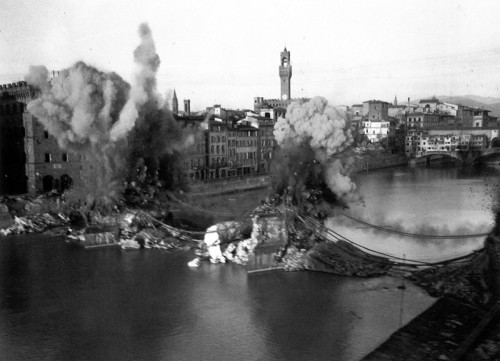
Four years before his death, Luigi was the prime organizer of the 1953 national exhibition of antiques held in Florence at Palazzo Strozzi. It was the precursor of the present Biennial Exhibition of Antiques held regularly at the Palazzo Corsini across the river from Museo Bellini.
The Bellini Museum and Gallery, 2015
Luigi Sr.’s grandson, Prof. Luigi Bellini, Jr., and his great-grandaughter Sveva are still active in the Biennial Exhibition, as well as other projects, including Luigi Jr.’s 2004 exhibition entitled “Bellini Collection Presents the Renaissance of Florence” at the Museum of Imperial Ming Nanjing in China. This was the first exhibition at the Imperial Museum to showcase western art.
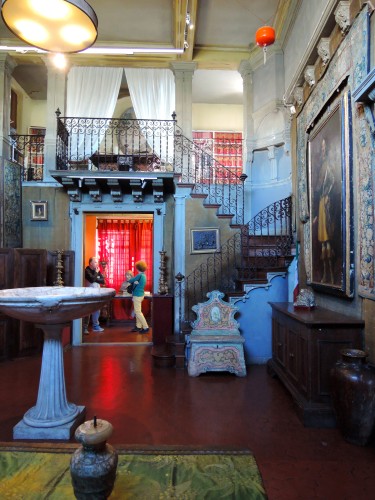
For the past 130 years the Bellini collectors have shared a desire to live the past while at the same time be present in the modern life of Florence. Through the status symbol of their collection and the role of protector of the past, they strengthened their relationship with the nobility of the city while becoming acknowledged experts in private collecting choices and exhibition content.
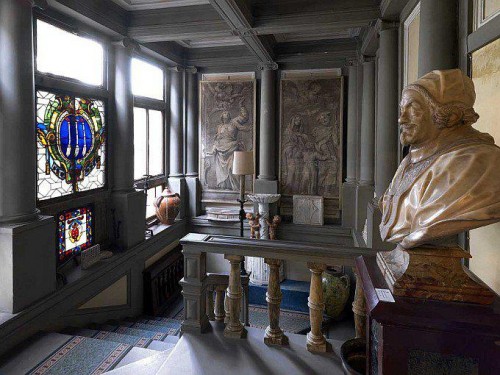
Lugi Sr., who controlled the collection between the first part of the 20th century, was known to believe anything created after the 1800s was too modern to be part of his private universe, but he was happy to support and advise the exhibits at Palazzo Spini-Feroni, which highlighted the works of Giorgio de Chirico, Mario Sironi, and Filippo de Pisis. Today Sveva Bellini produces exhibitions in the ground-floor exhibitions space introducing the most modern of Italian artists. The present exhibit with free entry, on display until June 4, is called Woodenkammer: Ogni Forma é Nella Natura.
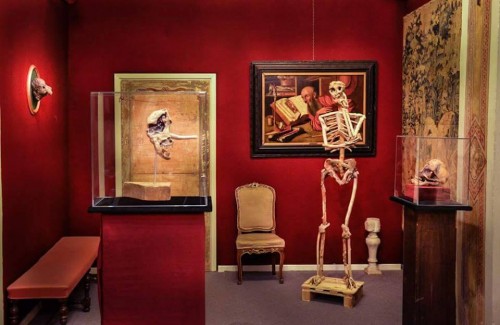
Sveva, however, does not disturb the evocative collection on the primo piano of the the palazzo that invokes the passion of her great-grandfather, and generations before him, with rooms of ancient artworks styled in homage to earlier centuries. The masterpieces, the everyday objects and the walls and stairs are history revived, reaching into the present.
